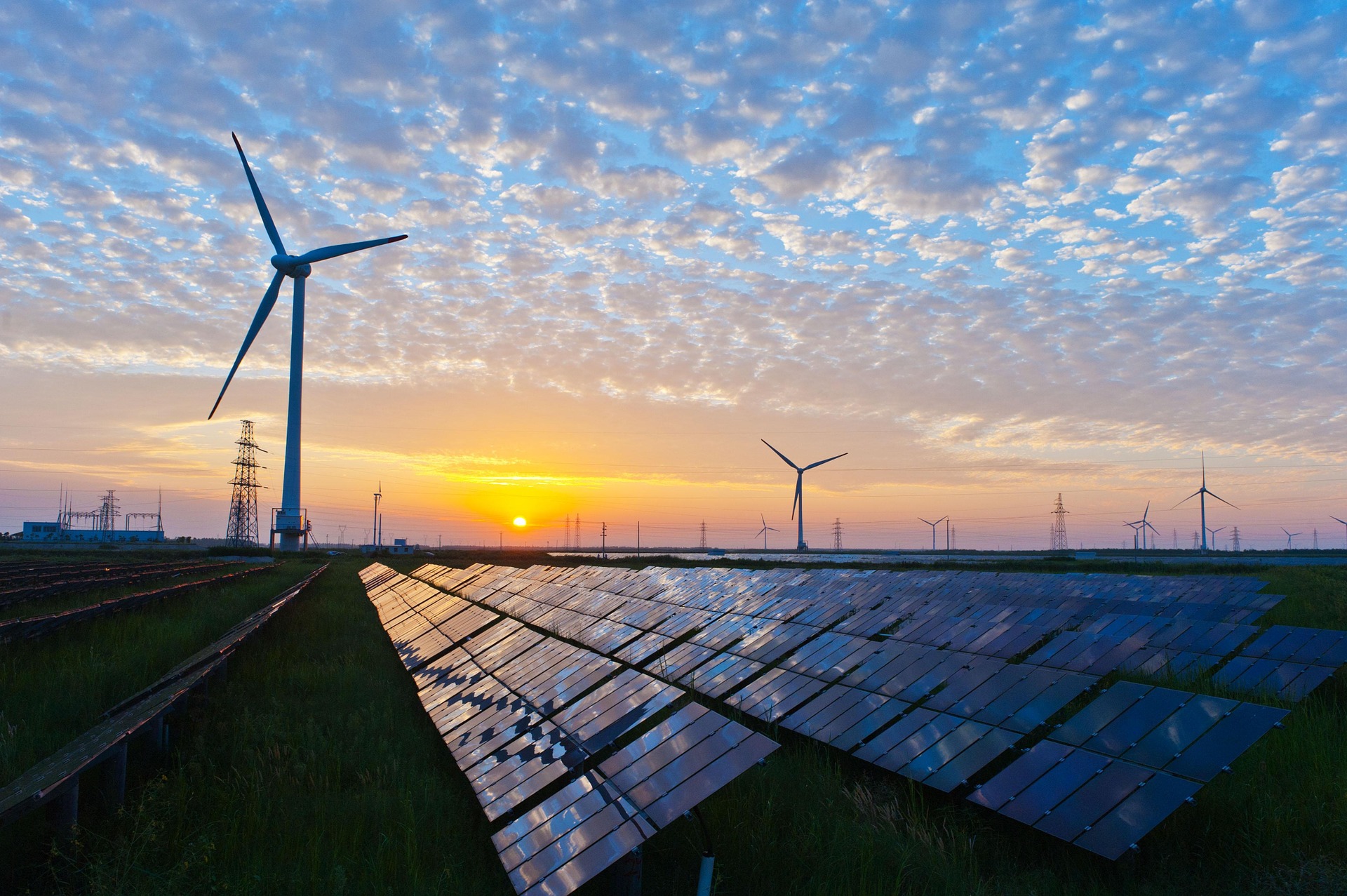
Sunlight against Global Warming: How Can We Use Sunlight in the Fight against Climate Change? Not Only by Using Solar Cells, Dr. Leyre Marzo Explains…
Last week, our Fellow Dr Leyre Marzo was approached by the team of WWU’s “Ask Sophie!” who needed help answering a question about the best possible use of sunlight – for instance in the fight against global warming: On the website “Ask Sophie”, interested citizens can ask questions about scientific topics. The fictional character Sophie tries to answer these questions with the help of scientists at the WWU. We are happy that WiRe Fellow Leyre was able to give an insight on how chemists may help fight the climate change by developing photocatalytic materials that use sunlight to improve a variety of industrial and non-industrial processes. Have a look at Leyre’s insight:
Solar cells are not the only way to use the sun’s energy
Nowadays, the technology related to solar panels that convert sunlight into electricity is extremely developed. However, this is not the only way in which we can exploit the sun’s energy. If we take a closer look at nature, we observe that plants are continuously transforming sunlight into chemical energy. In their leaves, plants contain molecules that are able to harvest the energy coming from sunlight and use it to transform CO2 and water into oxygen and sugars. Since scientific research often takes an example from the ingenious processes in nature, chemist have been trying to reproduce this process at laboratory scale. This was the kick-off for the research area known as photocatalysis. Photocatalysis is the use of molecules or chemical materials that absorb visible light and make use of its energy to carry out chemical reactions.
A direct application of these photocatalytic materials is their use in the treatment of residual waters. Upon light exposure, those materials trigger oxidation steps that end up in the decomposition of the pollutants such as organic materials, microbes, or even inorganic compounds. Although this technology is currently in its early development phase, its larger-scale implementation in homes, hospitals or offices for waste water treatment and disinfection will have a huge environmental impact in the society.
How photocatalysis may help the fight against global warming
In terms of economics, photocatalysis also presents an enormous potential, because it will allow to significantly reduce the recurrent costs of industrial production across different industrial sectors such as the pharmaceutical, the cosmetic, or agrochemical sectors. The main factors that determine the production expenses are: 1) the cost of the starting material and energy sources required for its production; 2) the number of transformations that are needed; 3) the efficiency of each of these transformations. Photocatalysis presents two main advantages: on the one hand its new synthetic transformation procsses allow to shorten synthetic routes lowering the number of reactions required. On the other hand, the high recyclability of many of the recently developed catalysts increases the efficiency of each step.
Although the implementation of the technology of photocatalytic waste water purification is still under development, the huge effort done by the scientific community will allow industries to meet the requirements agreed in 2014 by the European Commission in terms of a sustainable and environmentally friendly development.
